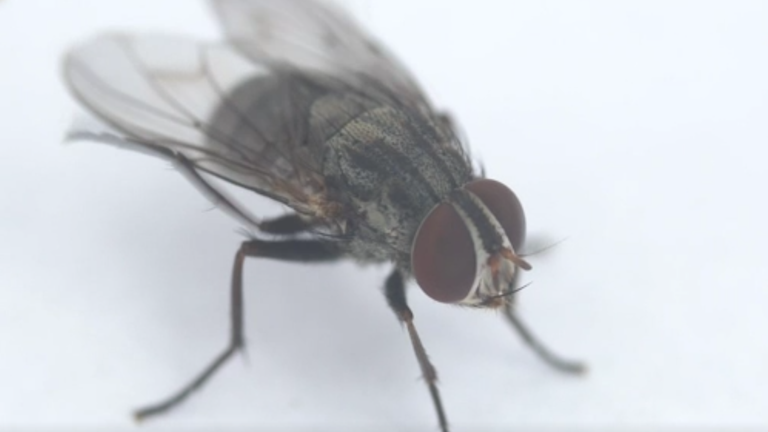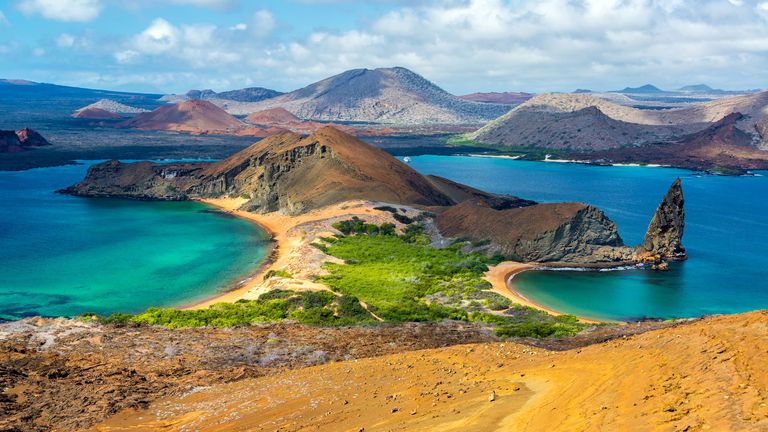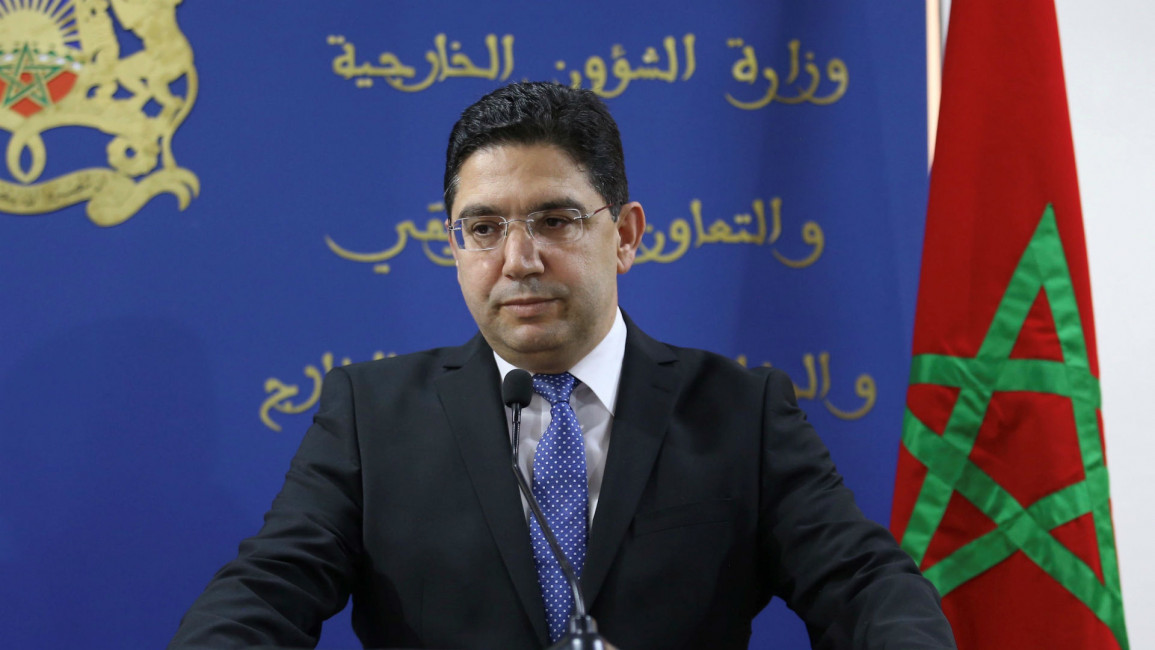Annexations show the depth of Putin’s imperial delusion
“The Ukrainian armed forces commanders in the south and east are throwing problems at the Russian chain of command faster than the Russians can effectively respond,” said a Western official who briefed my colleagues about sensitive security information on the condition of anonymity. “And this is compounding the existing dysfunction within the Russian invasion force.
Morale and unit cohesion among the Russian brigades on the front are in tatters, with Ukrainian strikes on Russian ammunition and supply depots exacting a critical toll. At home, it’s getting equally grim. Some estimates found that 700,000 people — about 1 out of every 200 Russians — left the country in the space of less than two weeks since President Vladimir Putin ordered a “partial mobilization” of troops to reinforce his faltering invasion.
The current state of play follows the Ukrainian recapture over the weekend of the city of Lyman, a key transit hub in eastern Donetsk. My colleagues journeyed there and spoke to locals as gunfire echoed in the distance. “Well, they’re either hunting pheasants, rabbits or Russians,” a retired schoolteacher quipped to them.
Putin is trying to create his own facts on the ground.
By Tuesday, motions had passed through Russia’s rubber-stamp parliament accepting the “accession treaties” Putin signed last week announcing the absorption of the Ukrainian regions of Luhansk, Donetsk, Kherson and Zaporizhzhia — all only partially occupied by Russian troops — into the Russian Federation. Russian-backed separatists in these four so-called republics had staged sham referendums to join Russia, outraging Kyiv and the international community.
The annexations only heighten the awkwardness for Kremlin officials, who as of yet could not detail where their borders lay as Ukrainian forces pushed through wilting Russian defenses.
“Ukraine’s victory in Lyman will remain symbolic for the message it sent to the Kremlin: Putin’s annexation of the partly occupied regions was a farce,” my colleagues reported from the front lines. “Lyman was very much part of the lands that Putin claimed in a ceremony in Moscow on Friday, but just one day later, his soldiers left in a hurry — some dying on the way out.”
Putin, of course, seems undeterred. His 37-minute speech Friday waved away criticism of Russia’s violations of international law and reprised his conspiratorial raging at the agendas of the United States and its European allies. He called for “a liberation anti-colonial movement against unipolar hegemony,” casting the annexations as an act of resistance to the “parasitic,” “neocolonial system” of the West, while also detailing the historical legacies of “plunder” and “genocide” carried out by various Western powers in centuries past.
On one hand, none of this rhetoric should be surprising.
Such grousing is standard for Putin, who always seeks to place Russia on equal footing with the United States and its partners. Moreover, dogmatic “anti-imperialism” was stock-in-trade under the Soviet Union, which for decades sought to back and mobilize revolutionaries and leftists across the colonized or decolonizing world. In some instances, such as its support of opposition to the apartheid regime in South Africa, the Kremlin found itself on the right side of history far sooner than its adversaries in the West.
But all of this is ephemeral when set against the war unleashed by Putin, the documented atrocities conducted by his troops in Ukraine, and the overarching colonial project of using brute force to bring Ukrainians to heel while denying their nation-state’s very right to exist. “Putin is apparently oblivious to the absurdity of condemning imperialism while at the same time committing the most brazen act of imperial aggression in modern European history,” noted Peter Dickinson of the Atlantic Council.
Putin is also silent about his own nation’s ruthless, bloody history of imperial conquest, let alone the horrors of Stalinism. While Western empires were setting up their systems of exploitation and extraction in various parts of the world, Russia’s czars were waging merciless wars of expansion in places not far from the current battles in Ukraine.
“In 1818, when Russian forces attempted to conquer the Northern Caucasus, they encountered a population that refused to be subdued,” wrote Lynne Hartnett, a historian of Russia at Villanova University. “In answer to the guerrilla warfare that the indigenous population unleashed against the invaders, Russia burned villages to the ground, incinerated forests and took civilians as hostages.”
“There’s no attempt to deal with the oppressions of the Russian and Soviet past, the way the Kremlin repeatedly colonizes, ethnically cleanses, deports, starves and mass murders other nations, and the way it kills and arrests and humiliates masses of its own people too in labor camps, gulags, and the killing cellars of the KGB,” wrote Soviet-born British journalist Peter Pomerantsev, nodding to how Putin last year shuttered Memorial, a major Russian civil society organization that investigated the misdeeds of the Soviet past.
Instead, Putin is on his own revanchist journey of restoring Russia’s empire. “He is ‘gathering in the lands’ as did his personal icons — the great Russian tsars — and overturning the legacy of Lenin, the Bolsheviks, and The Post-Cold War settlement,” wrote Fiona Hill and Angela Stent in the latest issue of Foreign Affairs. “In this way, Putin wants Russia to be the one exception to the inexorable rise and fall of imperial states.”
For now — as his citizens seek to flee, his nation’s geopolitical isolation deepens and his military teeters — Putin’s mission seems more delusional than ever.
BREAKING VLAD
Kyiv’s troops broke through Russian defenses in areas that Moscow claims to command.
Dan Ladden-Hall
News Correspondent
Published Oct. 04, 2022
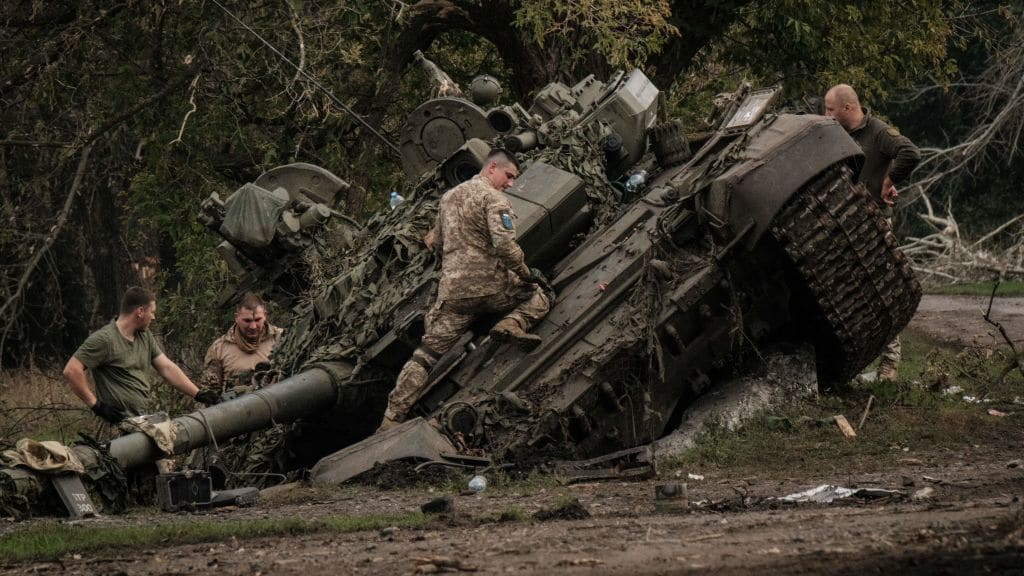
YASUYOSHI CHIBA/Getty
Russian President Vladimir Putin’s plans to annex four huge regions of Ukraine continued to falter Tuesday after Kyiv’s forces smashed their way through Russian defenses in the south of the country, claiming their biggest breakthrough in the region since the invasion began.
Ukrainian fighters also seized more land in their continuing offensive in east Ukraine, retaking areas that the Kremlin claims are now part of the Russian Federation.
The Ukrainian military’s southern operational command said 31 Russian tanks and one multiple rocket launcher had been destroyed Monday night, while a Russian-installed leader in the region acknowledged that Ukrainan troops had captured several villages along the strategically important Dnipro River earlier in the day.
The major breakthrough comes after Ukrainian soldiers advanced in two of the four occupied regions which Putin last week annexed following sham referendums. The land grab—which has been condemned as illegal under international law—has been bolstered in Moscow by a shambolic military draft of 300,000 new troops and an alarming round of nuclear threats.
Vladimir Saldo, the Kremlin’s puppet leader in occupied areas of Kherson—one of the annexed regions—told Russian state television that Ukrainian forces had recaptured the town of Dudchany along the Dnipro River. “There are settlements that are occupied by Ukrainian forces,” Saldo added. The town is around 20 miles south of where the front was situated before the breakthrough, suggesting the fastest advance of Kyiv’s troops in the south.
Before the development, Russian soldiers had been dug into fortified positions along a mostly stationary line since the early days of the war. The advance of Ukrainian troops is hitting vital supply lines for up to 25,000 Russian soldiers positioned on the Dnipro’s west bank, with Russian soldiers already being forced to use makeshift crossings after Kyiv destroyed the river’s main bridges. “It’s tense, let’s put it that way,” Reuters claims Saldo said on Russian state television.
“The fact we have broken through the front means that... the Russian army has already lost the ability to attack, and today or tomorrow it could lose the ability to defend,” Oleh Zhdanov, a military analyst based in Kyiv, told Reuters.
The latest breakthrough comes after Moscow was humiliated by the loss of Lyman, the main Russian stronghold in the north of Donetsk. Donetsk—along with Kherson, Luhansk, and Zaporizhzhia—had been officially annexed at a Kremlin ceremony only hours earlier. Russian authorities held a concert in Moscow’s Red Square to celebrate the annexation even as its soldiers were being kicked out of the claimed land.
“The ‘annexation’ of [these] territories exists only in Russian virtual TV reality,” said Ukrainian presidential adviser Mykhailo Podolyak, The Guardianreports. “What will be more painful for the apologists of the ‘Russian world’ will be [their] meeting with reality and the Ukrainian armed forces.”


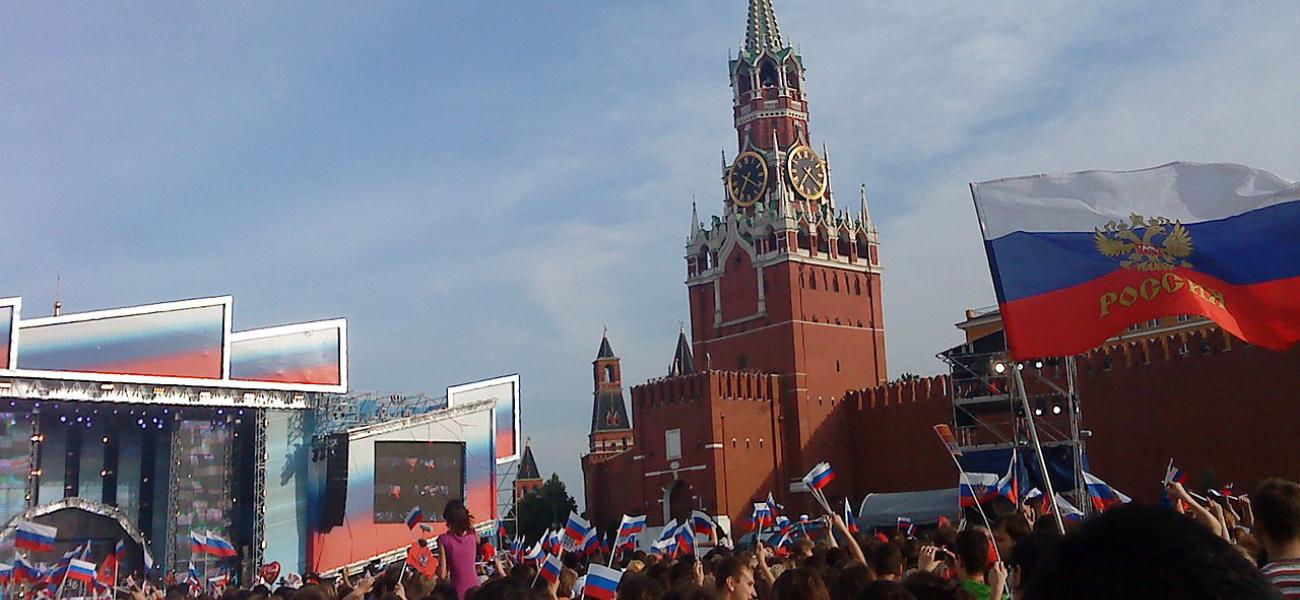
/cloudfront-ap-southeast-2.images.arcpublishing.com/nzme/3KCEHA44CHYTLMKKFQ5X3FADVQ.jpg)
/cloudfront-ap-southeast-2.images.arcpublishing.com/nzme/7MOYBOLBIGJJFU6QDXKVSGDU7A.jpg)
/cloudfront-ap-southeast-2.images.arcpublishing.com/nzme/GYO4ZTF5MBODITIO3YJJ4L6J7I.jpg)


